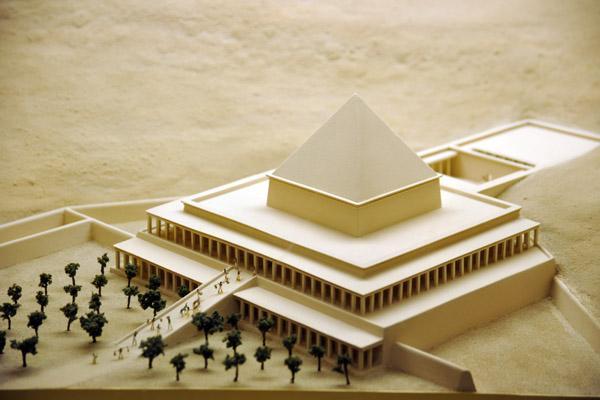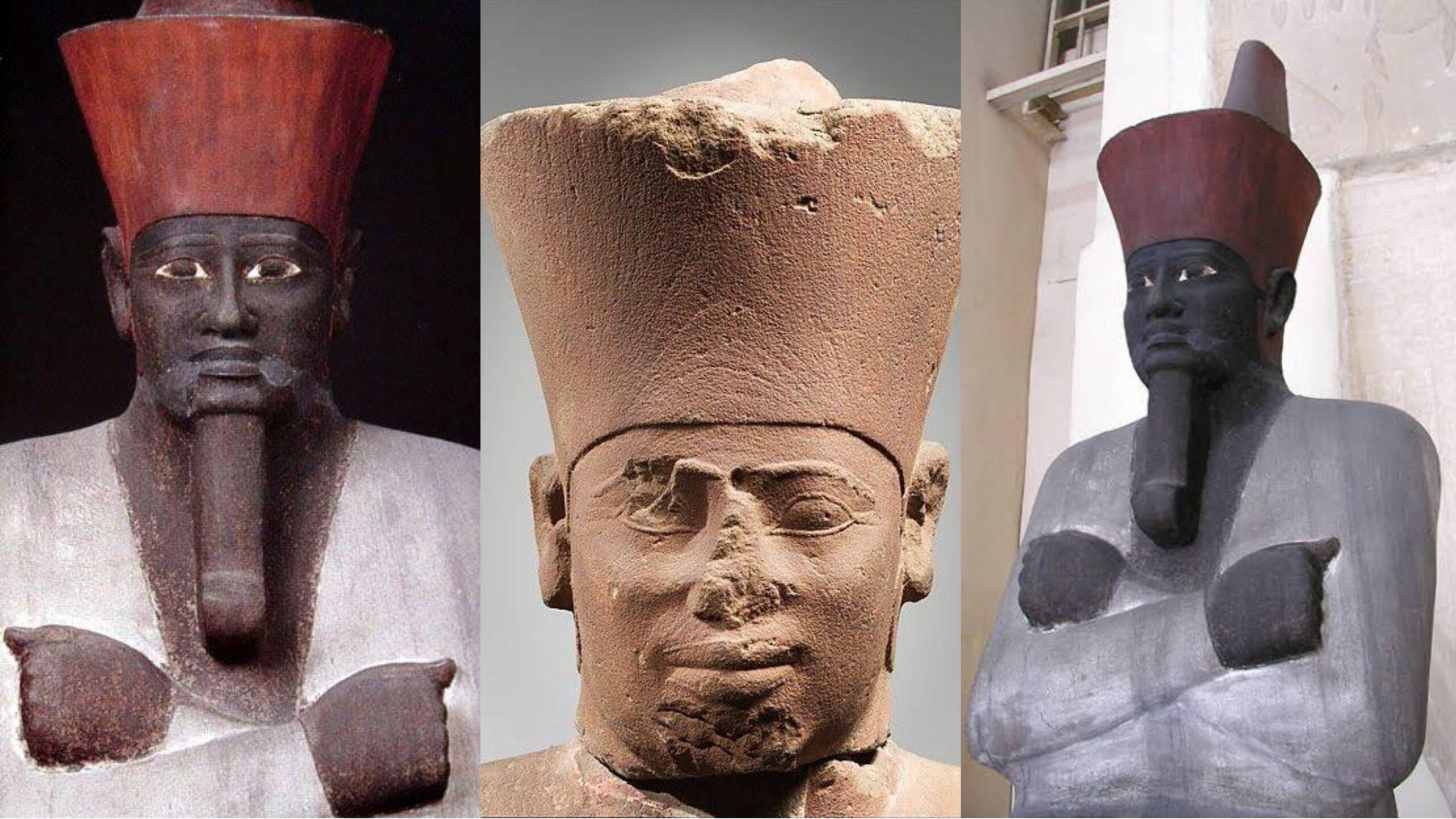Mentuhotep II, the sixth ruler of the Eleventh Dynasty. AS an ancient Egyptian pharaoh circa 2061–2010 BCE, He is known for uniting Egypt and ending the troubled First Intermediate Period and becoming the Middle Kingdom’s first pharaoh. As per the Turin King List, he reigned for 51 years. Mentuhotep II succeeded his father Intef III on the throne and his son Mentuhotep III succeeded him afterwards.
During the First Intermediate Period, Mentuhotep II ascended Egypt’s throne in the Upper Egyptian city of Thebes. During this time, Egypt was not united, and from Herakleopolis, the Tenth Dynasty, rival to Mentuhotep’s Eleventh, ruled Lower Egypt.
The pharaoh sent his armies north to conquer Lower Egypt after the Herakleopoitan kings desecrated the holy ancient royal necropolis of Abydos in Upper Egypt in the fourteenth year of the reign of Mentuhotep.
Mentuhotep succeeded in unifying his country, possibly shortly before his 39th year on the throne, following the conquests of his father Intef III. Following and in appreciation of the unification, in regnal year 39 he changed his title to Shematawy meaning “He who unifies the two lands”.
After the unification, Egypt’s government was reformed by Mentuhotep II. He centralized the state in Thebes to strip nomarchs of some of their control over the regions in order to reverse the decentralization of power which led to the collapse of the Old Kingdom and marked the First Intermediate Period.
New government posts were also created by Mentuhotep II, whose occupants were Theban men loyal to him, giving the pharaoh greater power over his land. Capital officials moved throughout the country on a regular basis to oversee regional leaders.
Mentuhotep II was buried at the Theban necropolis of Deir el-Bahri. His mortuary temple was one of the most significant construction projects of Mentuhotep II, which featured many developments in architecture and religion.
It included terraces and covered walkways around the central building, and it was the first mortuary temple that connected the god Osiris with the pharaoh. Several temples later, such as those of Hatshepsut and the Eighteenth Dynasty Thutmose III, were influenced by his temple.

Mentuhotep II was the son of Intef III and Iah, the wife of Intef III, who may have also been his sister. This lineage is demonstrated by the stele of Henenu (Cairo 36346), an official who served under Intef II, Intef III and his son, whom the stele identifies as Horus Mentuhotep II’s first Horus name.
As for Iah, she bore the title mwt-nswt, “King’s mother” The parentage of Mentuhotep II is also implicitly acknowledged by the relief of Shatt er-Rigal. Mentuhotep II had many wives buried with him in or near his mortuary temple.
 The African History Truly African
The African History Truly African

